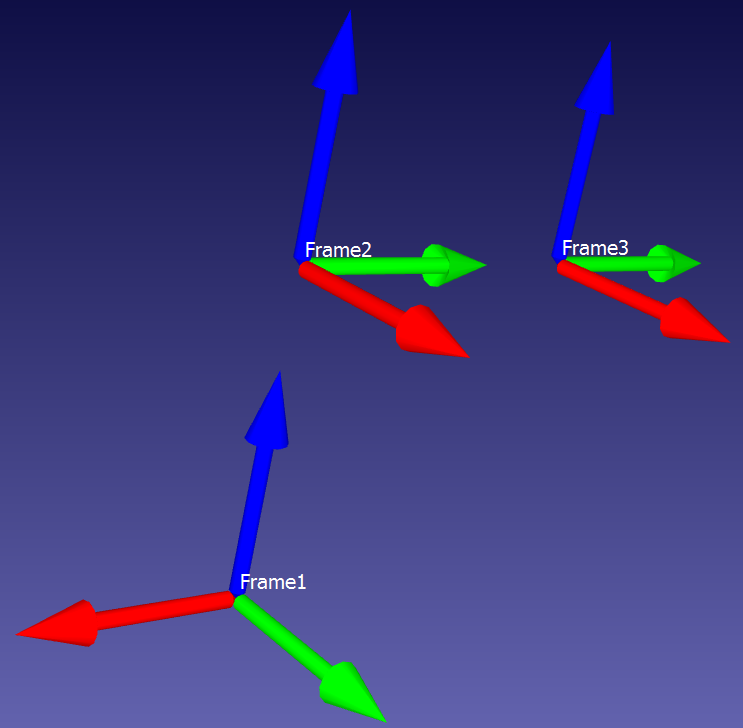Hi all,
I am facing a problem while trying to execute loop in picking process using an geometric operator ':' ,
TCP approaches the specific start point(as was taught using 'PTP' in the program using smart pad) and then shifts linearly up (say some 5 or 10mm) away from point and then it again reaches the specified point.
Does this shift usually occur while using geometric operator.
Please help me.
P.S : Iam using KUKA KR6 R900 SIXX + standard KRC4 compact controller + KSS 8.3
I have checked the forum posts and given manuals.But, still confused with solving this problem.















